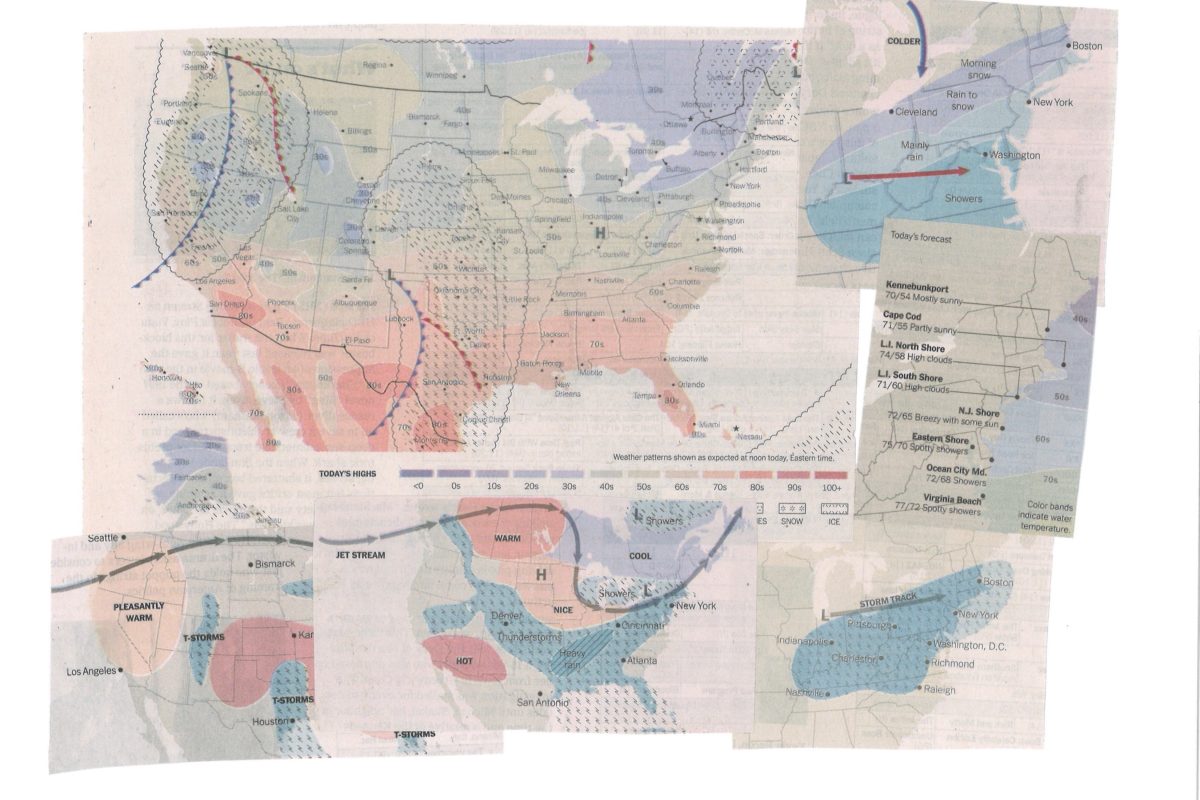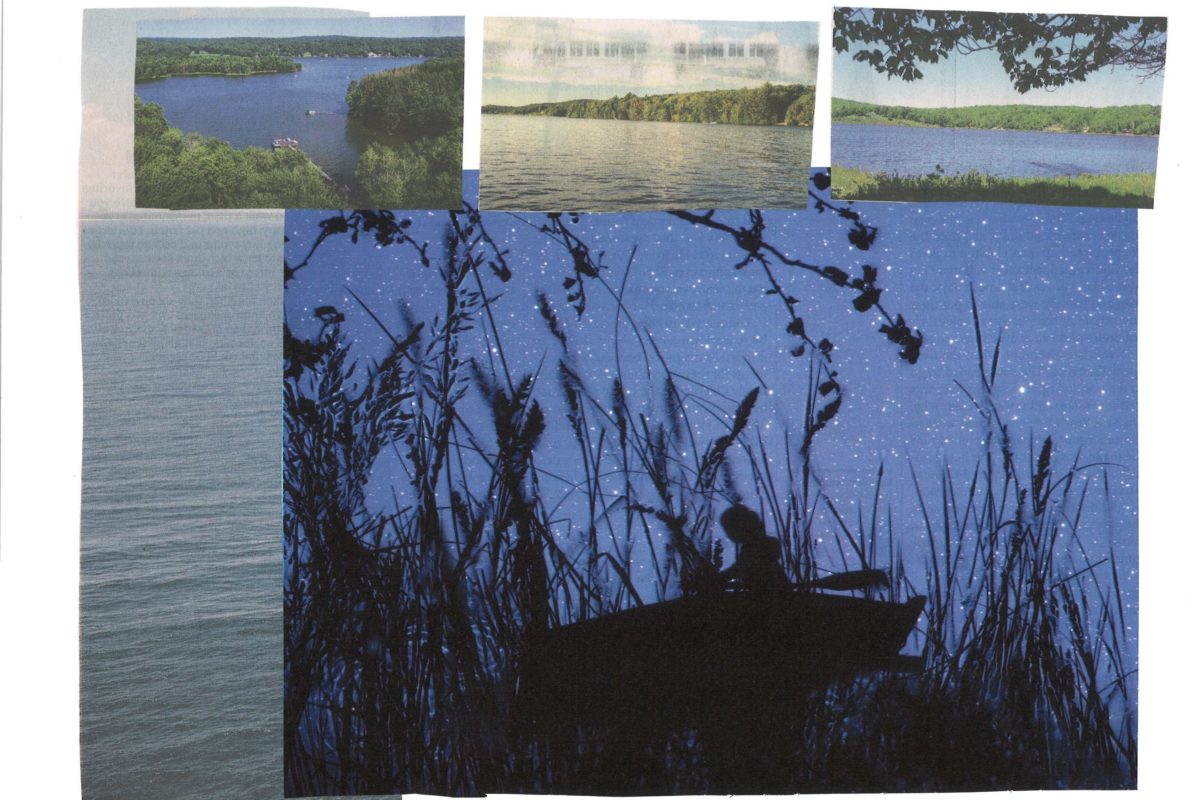What’s the Difference Between Tornadoes, Hurricanes, and Typhoons?
As one might know from the Wizard of Oz or seventh-grade science class, tornadoes form over land, most commonly over the Central Plains in the spring or early summer, when moist, warm air from the Gulf of Mexico meets the cold, dry continental air coming from the Northwest. Compared to hurricanes and typhoons, they’re rather small and short-lived: the largest tornadoes are about one to one-and-a-half miles in diameter, and they rarely will travel more than six miles. The average life span of a tornado is approximately ten minutes.
Both hurricanes and typhoons are the same type of storm; they’re the highest level of what scientists call a “tropical cyclone,” which is defined by the National Ocean Service as “a rotating, organized system of clouds and thunderstorms that originates over tropical or subtropical waters and has closed, low-level circulation.” The difference between the two lies only in where the storm originates; anything over the northwest Pacific is a typhoon, and anything over the North Atlantic, central North Pacific, and eastern North Pacific is a hurricane. (For storms over the South Pacific and Indian Ocean, the general term “tropical cyclone” is used.) Tropical depressions and tropical storms are less-intense versions of their brethren; a storm’s winds must be at least 74 miles per hour in order to be placed in the hurricane/typhoon category. And unlike smaller-scale tornadoes, hurricane and typhoons can be 60 to 1000 miles in diameter; can last for several days; and can travel thousands of miles.
Some more fun facts:
- Hurricanes always rotate counterclockwise in the Northern hemisphere and clockwise in the Southern hemisphere. Tornadoes usually spin in the same manner, though there can be rare “anticlyconic” tornadoes that spin in the opposite direction.
- Hurricanes, typhoons, and tornadoes all have eyes: an area of mostly calm weather in the center of the storm. The most violent conditions are in the “eyewall,” the area directly surrounding the eye.
- A tornado that forms over water is called a “waterspout.”
If you liked this, subscribe to the What’s the Difference newsletter here!






